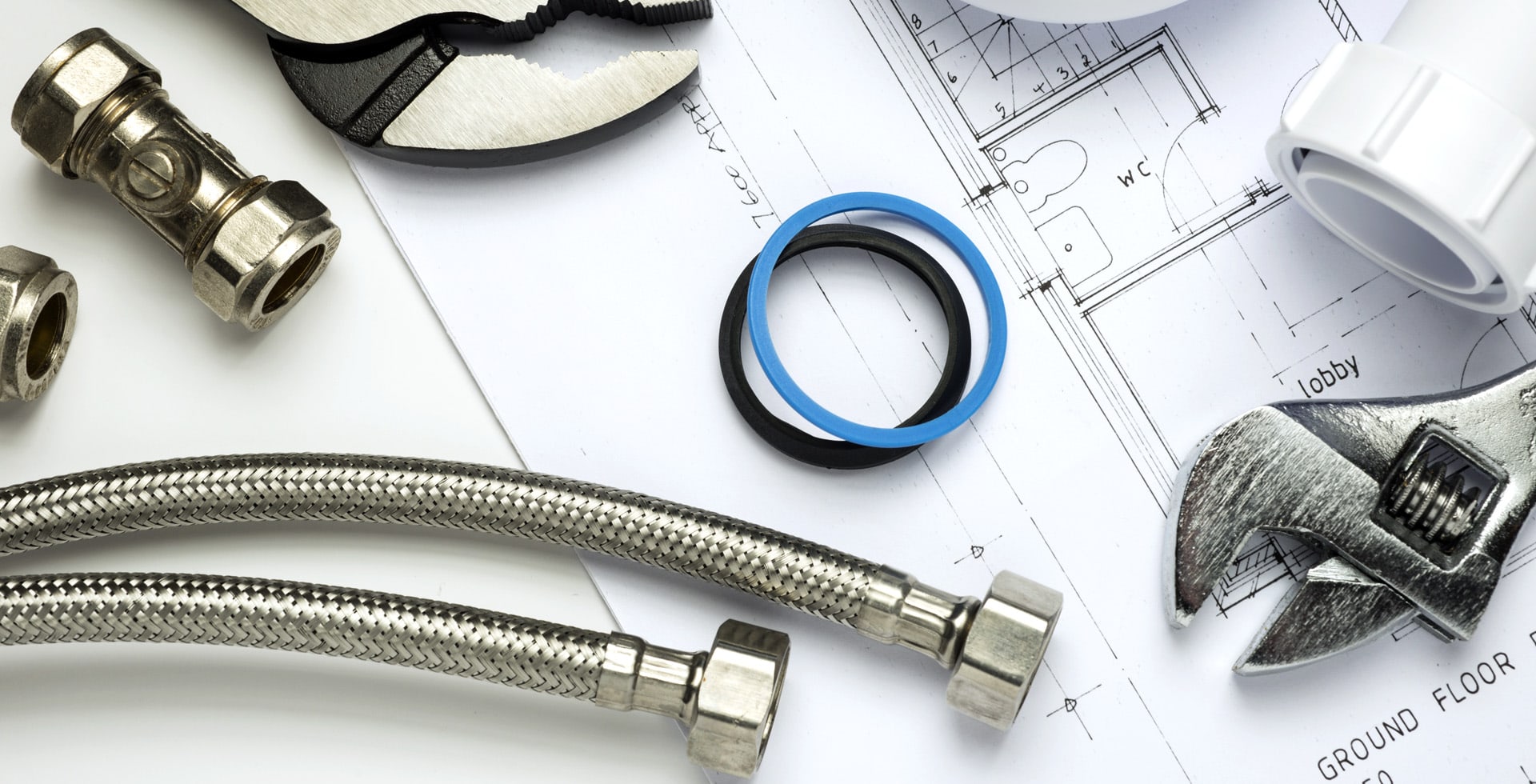What Happens During an HVAC Service Visit?
Regular HVAC service visits are essential for maintaining your heating, ventilation, and air conditioning systems. Scheduling these visits not only ensures that your system operates efficiently but also extends its lifespan. This post outlines the typical process and key activities performed during an HVAC service visit, providing insights into both routine maintenance and necessary repairs.
The Importance of HVAC Maintenance
Maintaining your HVAC system is crucial for several reasons:
- Energy Efficiency: A well-maintained HVAC system uses less energy, reducing energy bills.
- Improved Air Quality: Regular service helps ensure that your indoor air quality is safe and pleasant.
- Longevity: Keeping your system in good condition can substantially extend its lifespan.
- Cost Savings: Preventative maintenance can help avoid costly repairs or replacements.
What to Expect During the Visit
An HVAC service visit typically involves several key components. Here’s a detailed breakdown of what to expect when a technician arrives:
1. Initial Inspection
Upon arrival, the technician will conduct an initial inspection. This step usually includes the following:
- Checking the thermostat for proper operation
- Inspecting the exterior unit for any obvious signs of damage
- Assessing the ductwork for leaks or blockages
2. System Performance Evaluation
Once the inspection is complete, the technician will evaluate the system’s overall performance. This might involve:
- Measuring airflow and temperature differentials
- Listening for unusual noises during operation
- Monitoring the system’s pressure readings
3. Cleaning and Maintenance
Cleaning is a crucial part of the service visit. The technician may perform the following maintenance tasks:
- Cleaning or replacing air filters
- Clearing debris from the outdoor unit
- Washing evaporator and condenser coils
- Cleaning the blower and fan components
- Checking and cleaning the condensate drain to prevent clogs
4. System Tune-Up
The technician will perform a tune-up, which can include:
- Calibrating the thermostat for accuracy
- Lubricating moving parts to reduce friction and wear
- Checking electrical connections and tightening any loose wires
- Testing the safety controls for proper functioning
- Inspecting refrigerant levels and recharging if necessary
5. Addressing Repairs and Upgrades
If specific issues are identified during the inspection or performance evaluation, the technician will discuss repair options with you. Common repairs may include:
- Replacing faulty components, such as motors or capacitors
- Sealing duct leaks
- Repairing refrigerant leaks
In addition to immediate repairs, the technician may recommend upgrades to improve efficiency. Some upgrades could include relocating thermostats, adding zoned heating, or installing programmable thermostats.
Post-Service Recommendations
After completing the service visit, the technician will provide you with a summary report detailing:
- The work completed during the visit
- Any repairs performed
- Future maintenance recommendations
It’s a good idea to keep this report for your records. Should any further issues arise, this documentation will be helpful for future service visits.
Scheduling Future Maintenance
To maintain your HVAC system’s efficiency, it’s advisable to schedule regular maintenance visits at least once or twice a year. Some service providers offer maintenance plans that include:
- Priority service scheduling
- Discounts on repairs
- Annual tune-ups
Consider enrolling in a maintenance plan for added convenience and peace of mind.
Conclusion
Understanding what happens during an HVAC service visit can help you appreciate the importance of regular maintenance for your heating and cooling systems. From inspections to performance evaluations and cleaning, each step plays a vital role in ensuring your HVAC system operates efficiently and reliably. By investing in routine maintenance, you not only enhance your system’s performance but also safeguard your investment for many years to come. If you haven’t had a service visit recently, now might be the perfect time to schedule one.

